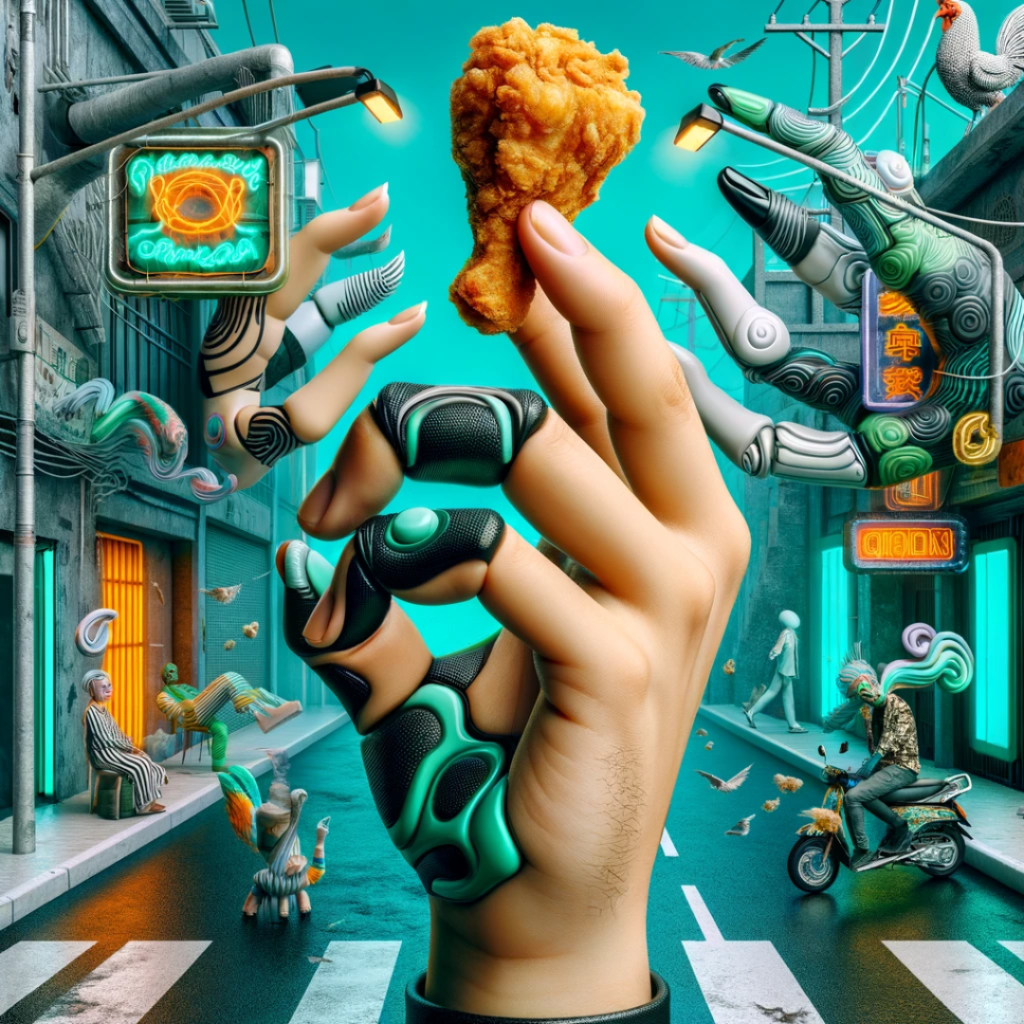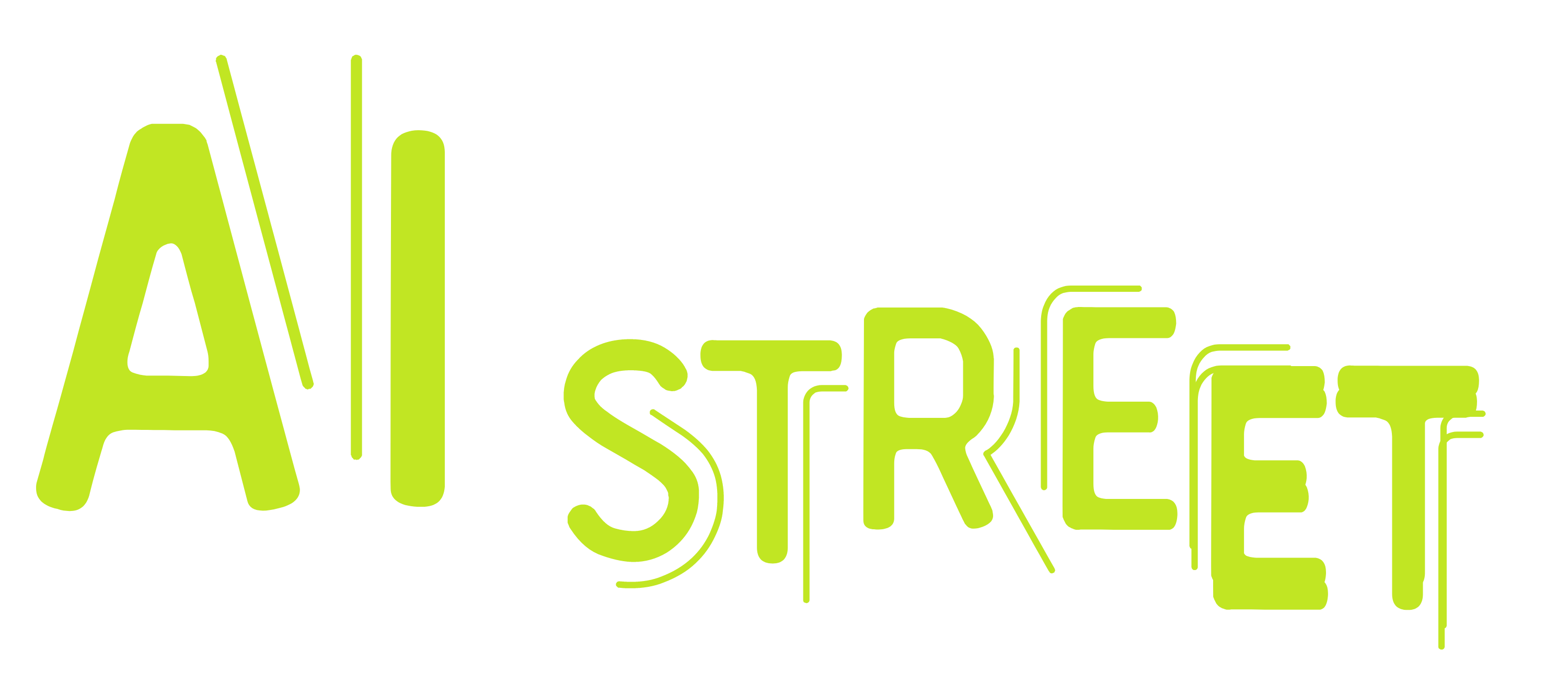From Finger Lickin' Good to Finger Lickin' Weird: Why KFC's AI Campaign Flopped
This article contains AI-generated images. The words are written by a human with some AI polishing.
Some marketing campaigns get a little too heavy on the clever and miss the mark with where their audience is at.
KFC’s recent mistake was giving an AI prompt to Instagram followers and asking them to share their dodgy AI images.
In theory, this strategy should have worked:
- Talk about a relatable problem.
- Ask your audience to share their experience with it.
They even created a reel showing their followers exactly how to use Meta’s AI. Usually, this kind of reel would be considered super helpful. But with so many social users frustrated by the sudden assault of Meta into their devices, no one wanted this kind of help.
So why wasn’t it a huge win for this big chicken?
Let’s dig into what KFC got wrong.

Too Slow
Generative AI, also known as Generative Adversarial Networks (GANs for those wanting the technical term) is a type of artificial intelligence that can create entirely new images.
You give it a text prompt, like “a hand holding a bucket of fried chicken,” and the AI gets cracking, stitching together bits and pieces from its database to generate an image based on your description.
The problem?
Early versions of this technology often struggled with basic details like, well, fingers. This led to a wave of kinda funny but kinda not (and sometimes unsettling) images with hands sporting an extra digit or two.
By the time KFC launched this campaign, generative AI was already so much better at creating five-fingered hands. Not only did this mean KFC’s audience wouldn’t resonate with it, but it also cost the brand respect.
Their “let’s see your wacky AI chicken images” concept felt a bit behind the times.
Sometimes it’s better to skip a trend than jump on late – unless you can turn that slow start to your advantage.
What could have been a clever campaign kicked off some serious backlash instead.
Zero Desire
The number one rule of UGC is knowing that your audience will happily do it.
Pet food and pet toys brands know their audience is always busting to share images of their furry, fluffy, feathered and scaly friends.
Make-up brands know their audience loves glamming up for TikTok, Instagram and YouTube.
It’s a natural fit for these users to share their experiences.
But KFC lovers aren’t keen on sharing odd AI images messing with their fave fast food. It’s just a straight-up no.
There’s also the ethical debate over AI images scraping human artists’ content. Some AI systems use a technique called “scraping” where they trawl the internet, using human-created images to train themselves.
Many people are standing firm against generative AI because of this. And the lawsuits against AI software scraping copyright content are only just starting to roll in.
This means AI image generation fun comes with a side serve of ethical concerns. It raises questions about copyright infringement, as the AI might be unknowingly incorporating elements of copyrighted works into its creations.
There’s also the worry that AI art could eventually replace human artists altogether, which is a whole other bucket of mouldy crumbs.
If all KFC fans were AI fans too, this might have gone down better.
Instead, it stuck in many people’s throats.
No One Wants To See That
Finally, the biggest problem they didn’t seem to consider is that no one wants to see a creepy hand holding fried chicken.
Let’s face it, the idea of a colonel-approved AI recipe generator spitting out nightmarish, three-legged chickens is just funny (not the haha kind though). KFC asking their audience to share these bizarre creations online feels a bit like asking everyone to come to a party in their pyjamas – it might be comfy, but not exactly the image you want to project. (And risky when you invite Dave who sleeps in, well, nothing.)
Not only is this concept weird, but the sense of wrongness makes you start wondering – what if the chicken isn’t real either?
With a past email hoax about KFC using lab-made meat, this campaign reignites the same concerns. Am I eating a chicken with three legs?
Four wings? (More wings is always better, right?!?)
Two heads??
Hard pass.
It gives all the wrong connotations for a food business that must prove how fresh and untampered its food is.

Avoid A Social Media Blunder
Now some still cry, all PR is good PR and, yes, this campaign got KFC some interesting attention. But did it cost them customers?
Will anti-AI people ditch the colonel’s spicy recipes forever?
If you don’t want to be the next brand headed for a social media fail, follow these tips.
Trend Timing is Key. Don’t jump on a bandwagon just because everyone else is. Make sure the trend aligns with your brand and you’re bringing something fresh to the table.
Know Your Audience. What kind of content does your audience actually want to create and share? Don’t force a trend that feels unnatural.
Consider the Ethics: If your campaign hinges on a technology with ethical concerns, be prepared to address them head-on.
Think Beyond the Likes. Flashy campaigns are great but don’t lose sight of your brand’s core message. Does this campaign reinforce your brand image or is it just a fleeting moment of internet weirdness?
Considering KFC’s marketing team probably spent weeks and a whopping budget on this campaign, we reckon they’ll reconsider schmoozing with AI again any time soon.

Fantastic article with a great checklist. Thanks for the insights!
Happy to help biz owners avoid an embarassing social media campaign!